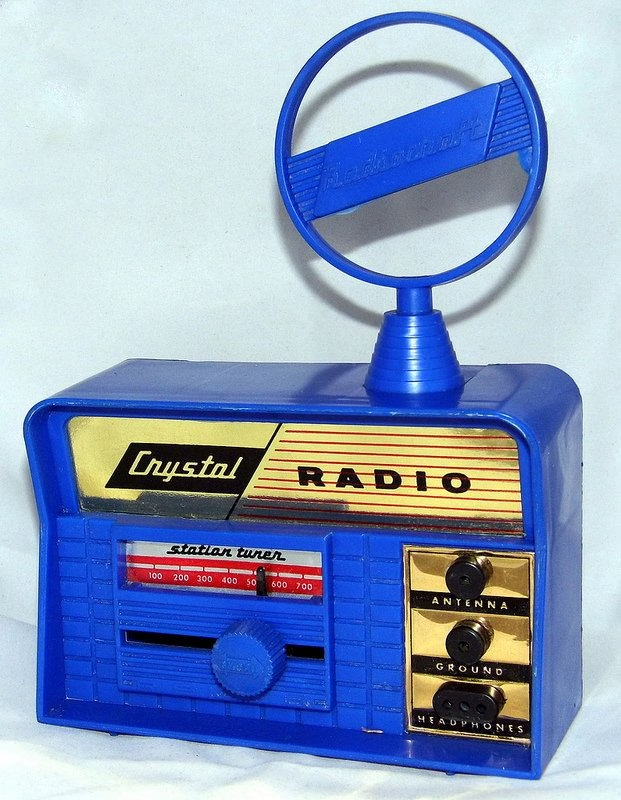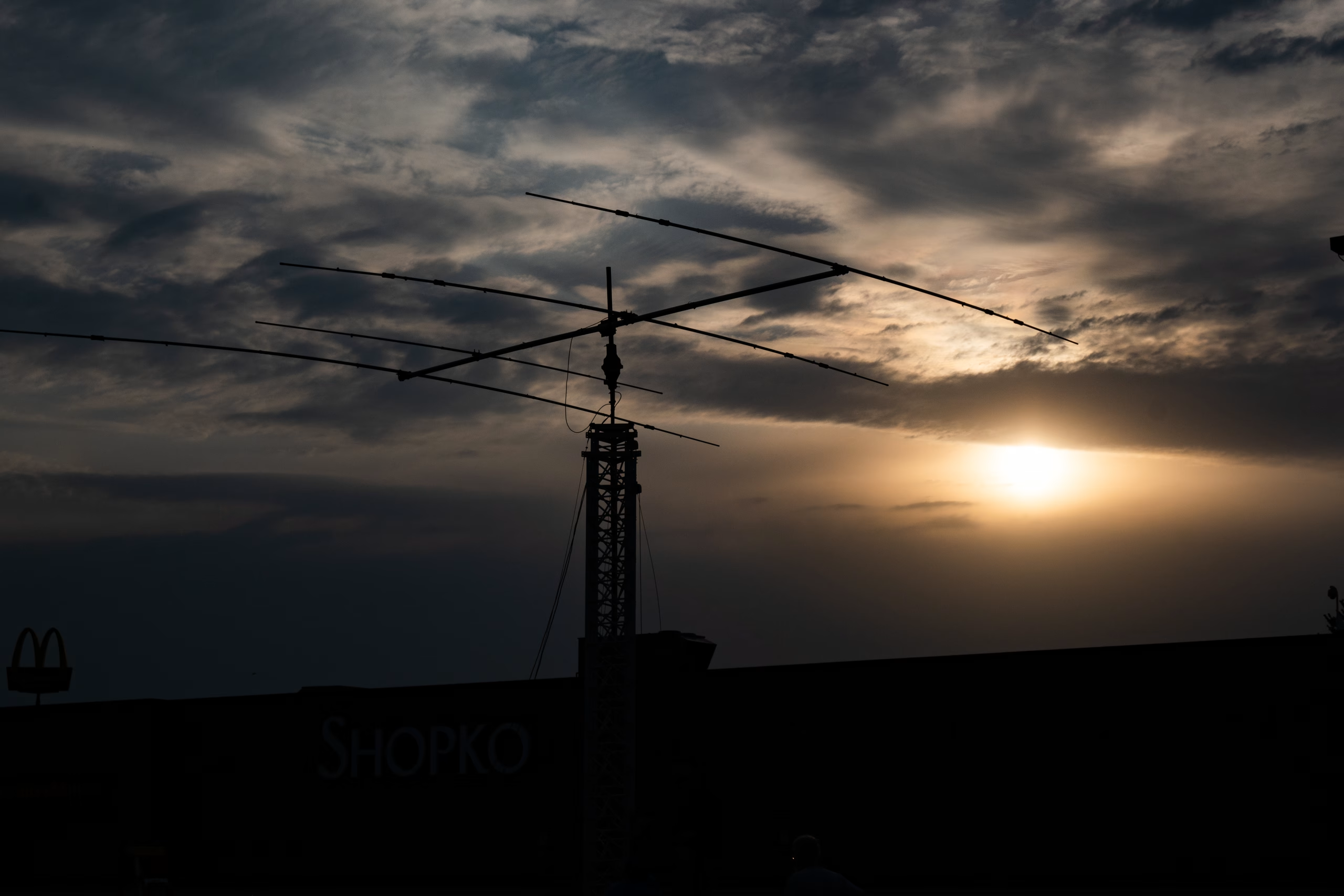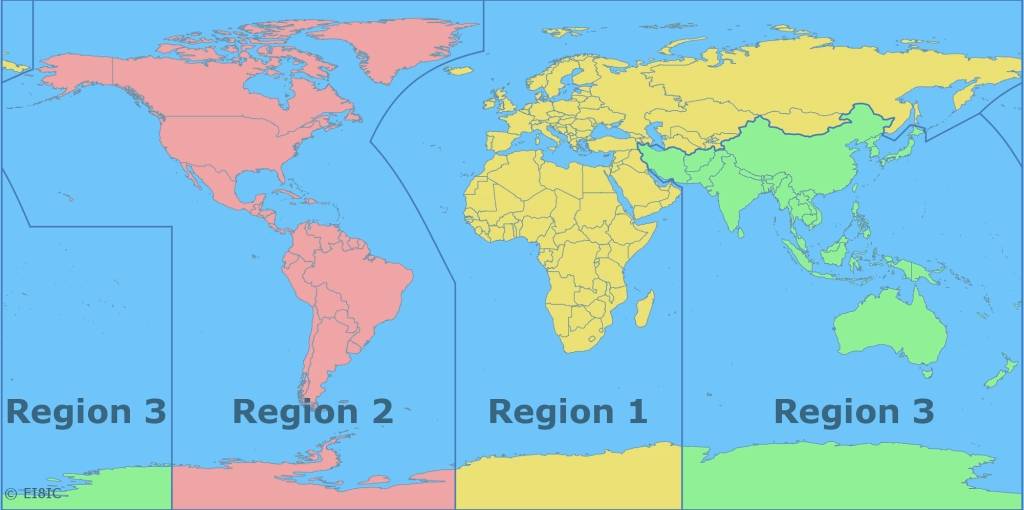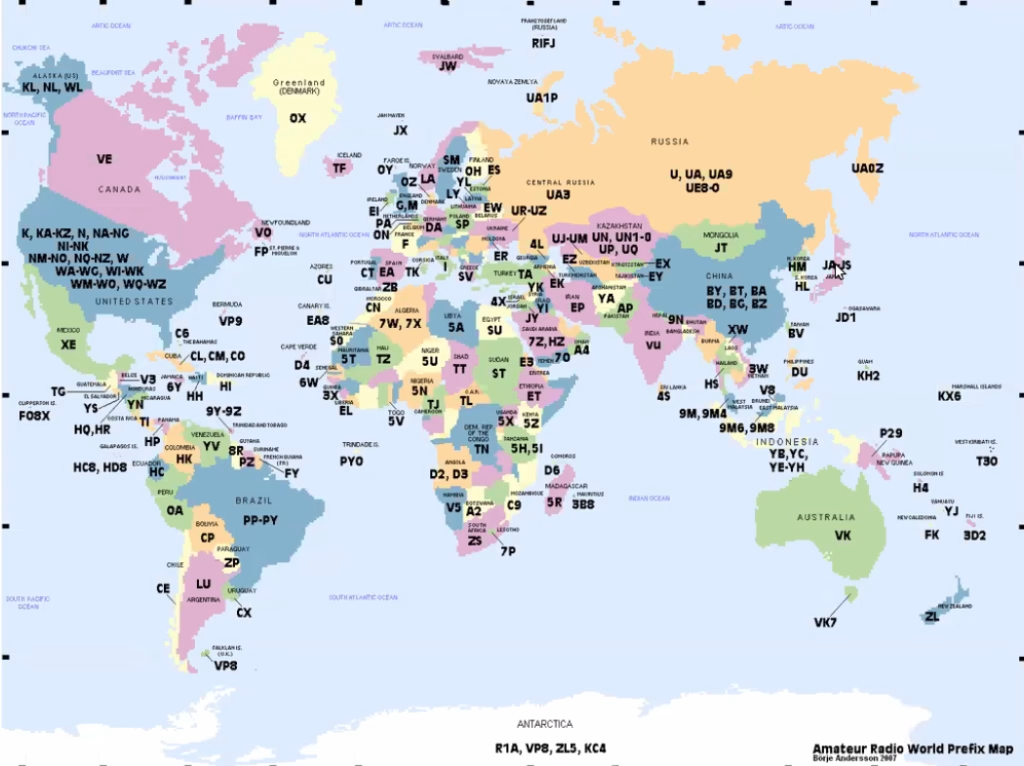From Capacitance to Resonance: Revisiting the Fundamentals
Over the past couple of classes, we’ve been exploring two interconnected concepts in electronics: capacitance and resonance. For me, these aren’t new ideas—I first studied them at Sheridan College back in the 1980s, when oscilloscopes still had CRTs and breadboards came with point-to-point wiring. Even so, it has been rewarding to revisit these foundational topics with a fresh perspective and a few more decades of practical experience under my belt.
Understanding Capacitance
Capacitance is one of those elegant concepts that forms the backbone of modern electronics. A capacitor—two conductive plates separated by an insulating dielectric—resists changes in voltage by storing and releasing energy. It’s such a simple structure, but its impact on everything from timing circuits to power supplies can’t be overstated.
Revisiting the theory reminded me just how differently capacitors behave in DC versus AC circuits. In DC, a capacitor charges up to the supply voltage and then effectively becomes an open circuit. In AC, though, the constantly changing voltage makes it look as though current flows straight through—even though electrons never actually cross the dielectric. This behaviour gives rise to capacitive reactance (XC), which decreases as frequency increases. That’s why capacitors block DC but pass high-frequency signals, making them indispensable in filters and coupling circuits.
The unit of capacitance, the farad, is far too large for most real-world applications, which is why we use microfarads, nanofarads, and picofarads instead. Plate area, spacing, and dielectric material all shape a capacitor’s behaviour—details I once learned in a classroom, but now appreciate in a far deeper way after years of working with safety systems and control circuits.
Revisiting Resonance
Next came resonance—another familiar but fascinating topic. An inductor resists changes in current through its magnetic field, while a capacitor resists changes in voltage through its electric field. Put them together and, under the right conditions, they exchange energy back and forth in a kind of electrical echo.
Resonance happens when the inductive reactance (XL) and capacitive reactance (XC) are equal and cancel each other out. At that frequency, the circuit oscillates like a perfectly tuned pendulum, trading energy between the capacitor’s electric field and the inductor’s magnetic field. That’s the essence of every tuned circuit—from early radio receivers to modern communication filters.
One example that always comes to mind when talking about resonance is the Tacoma Narrows Bridge collapse of 1940. Although it wasn’t pure electrical resonance—it was aeroelastic flutter—the underlying principle was the same: energy reinforcing itself until a system fails. It’s a dramatic reminder of how resonance, in any form, can be both powerful and destructive if it’s not managed properly.
Series and Parallel Resonance
Reviewing series and parallel RLC circuits brought back memories of long lab sessions and breadboards filled with coils and capacitors. In a series circuit, resonance minimizes impedance, leaving only the resistance to limit current. In a parallel circuit, it does the opposite—impedance rises to a maximum.
Those two behaviours form the basis of almost every practical filter: low-pass, high-pass, band-pass, or notch. Seeing the relationships between theory and application again reminded me why I fell in love with electronics in the first place. There’s something deeply satisfying about watching a sine wave sharpen or flatten on a scope exactly as the equations predict.
The Quality Factor (Q) and Real-World Radios
We also revisited the Q factor, which describes how “sharp” or selective a resonant circuit is. High-Q circuits have narrow bandwidth and greater selectivity, while low-Q circuits are broader and less discriminating.
I built my first crystal radio as a preteen, so it was fun to see it come up again. With its single tuned circuit and diode detector, the crystal set has a very low Q—but it works. With nothing more than a coil of wire, a bit of crystal (or even a sugar cube and a sewing needle, if you’re improvising), and a pair of headphones, you can literally pull voices and music out of the air. Even now, I still find that magical.
My Takeaway
Revisiting capacitance and resonance after four decades reminded me how enduring the fundamentals really are. These aren’t just abstract properties—they’re the building blocks of everything from radios to robotics. Capacitors don’t merely “store charge”; they make stable, responsive, and selective systems possible. Resonant circuits don’t just cancel reactances; they allow us to shape and control the signals that carry our modern world.
Coming back to these topics, I find myself both nostalgic and appreciative. The equations haven’t changed, but my understanding of their importance has deepened. It’s a reminder that no matter how advanced technology becomes, it all still rests on the same elegant principles we learned with coils, capacitors, and curiosity.







